Live Science Verdict
The Apple Watch 6 is a terrific smartwatch, balancing strong fitness options with a raft of nifty notifications - but battery life remains annoyingly low.
Pros
- +
Rich, detailed notifications
- +
Always-on display
Cons
- -
Blood oxygen sensor doesn’t add much
- -
Battery life is too short
Why you can trust Live Science
The Apple Watch 6, launched in 2020, was something of an iterative step from Apple, but it brought with it some key upgrades to make it more usable and accessible. Plus, with the addition of the new WatchOS 8 platform, it offers some great new features that make it a compelling buy.
Now the Apple Watch 7 has emerged onto the market, the Apple Watch 6 is being discontinued but you'll see that, if you can find it for a cheaper price, it's very much worth considering as your new Apple Watch.
Landing in September 2020 with a price of $399/£369, you can now find it at around $325/£319, and chances are future sales will bring this down even lower as the year continues… if stocks last, given Apple has now discontinued the product.
Software: WatchOS 8
Compatibility: iPhone only
Battery life: ~26 hours mixed-use
Memory: 32GB
Display and size: OLED, 40mm/44mm
GPS: Yes
Water resistance: 50m
Heart rate: Yes
Sleep tracker: Yes
Step count: Yes
Music: Yes
For the price, you're getting a large display (although not as big as the Watch 7, which is 20% bigger), powerful innards (the same as the Watch 7), all-day battery life and a glut of fitness tracking options.
It's one of the most attractive user interfaces on a smartwatch and, if you've got an iPhone, it brings out the best notifications on your wrist without needing to drag your phone from your pocket.
Coming in two sizes (40mm and 44mm) and a number of finishes (the cheapest being aluminum, the most expensive titanium - presuming you don't go for the high-end Hermes fashion version) the Watch 6 is a brilliant all-round device. It also gained another new health trick: SPO2 monitoring, letting you know how much oxygen is in your blood.
Faster charging is supported thanks to the S6 chipset too, and the same GPS connectivity exists - combined with new offline music playback, there's a lot that you can do with the Apple Watch 6. It's still one of the best fitness trackers around.
Get the world’s most fascinating discoveries delivered straight to your inbox.
But exactly how much can you do - and is it actually any good?
Apple Watch 6: Design and Display
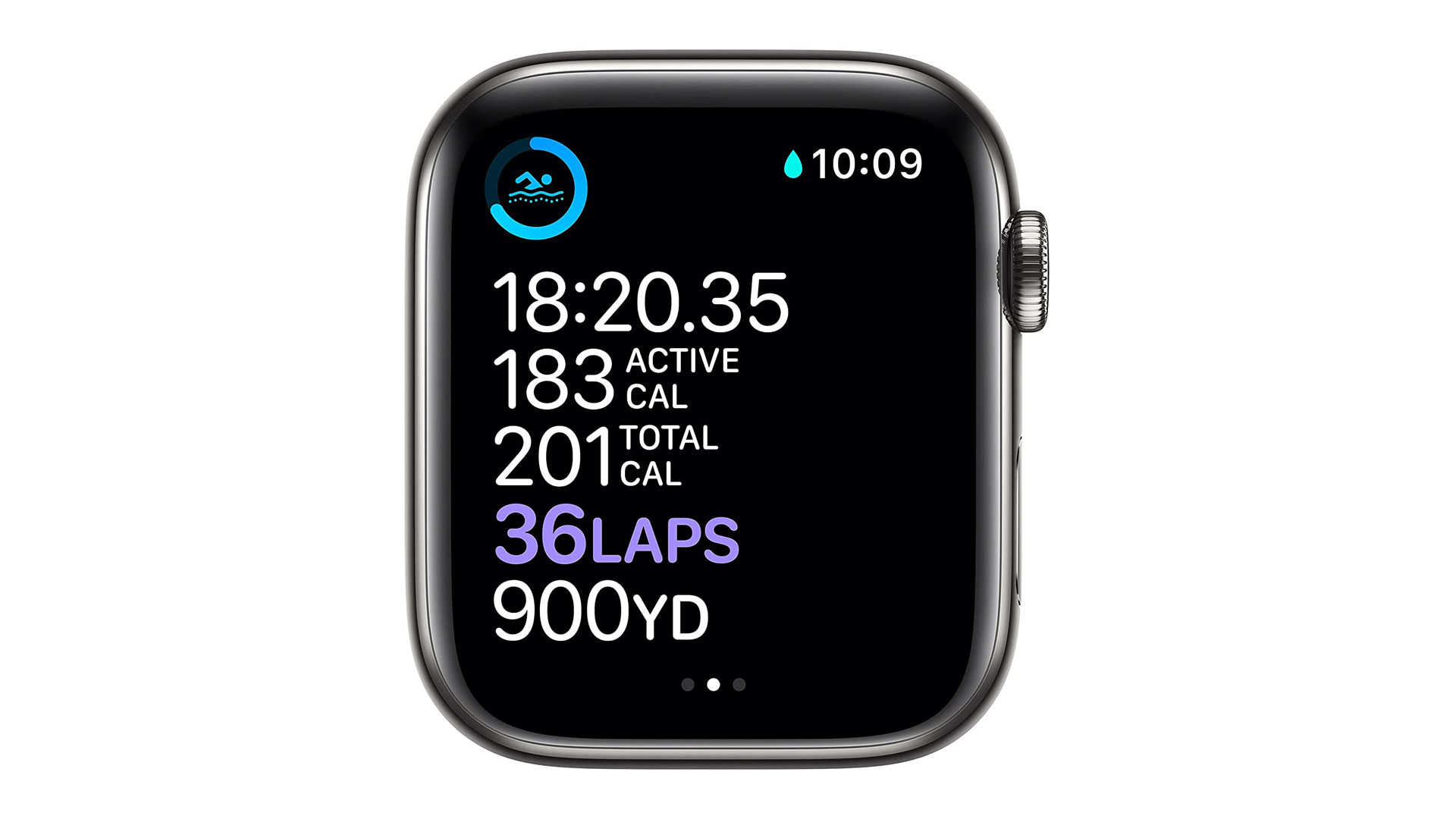
The Apple Watch 6 design is pretty familiar if you've used (or even seen) an Apple Watch before - the same rounded metal exterior, a Digital Crown that rotates to help you skip through menus, and a 'Side Button' (Apple's least imaginative name ever)that allows you to jump between apps or activate your Apple Pay options with ease.
The display is a square affair, with rounded corners - unlike many round smartwatches on the market. The 368 x 448 resolution allows you to see a decent amount of information without clarity and vivacity - the color reproduction from the OLED technology used is wonderful to look at, and the screen also packs clever low temperature polycrystalline oxide (LTPO) technology that allows Apple to slow the display down if it's showing something static - thus saving battery.
The Apple Watch 6 feels light on the wrist, and even the larger size we tested didn't feel gargantuan. While it would be nice to see some variation in the design, it's hard to argue with what Apple's made given its worldwide wearable popularity. The rear of the watch features a bulbous section that houses the LEDs for heart rate monitoring, but that doesn't feel uncomfortable on the wrist.
The Watch 6 joins the Watch 5 in offering the always-on display, which shows many apps in dimmed mode when you aren't raising your arm - this was a game-changer from Apple, allowing you to see the time without having to perform the annoying wrist flick every time.
It's hard to say anything about the Watch 6 other than it's got a great display and premium design - you won't be disappointed.
- Related: What does exercise do to your brain?
Apple Watch 6: Set up and usability
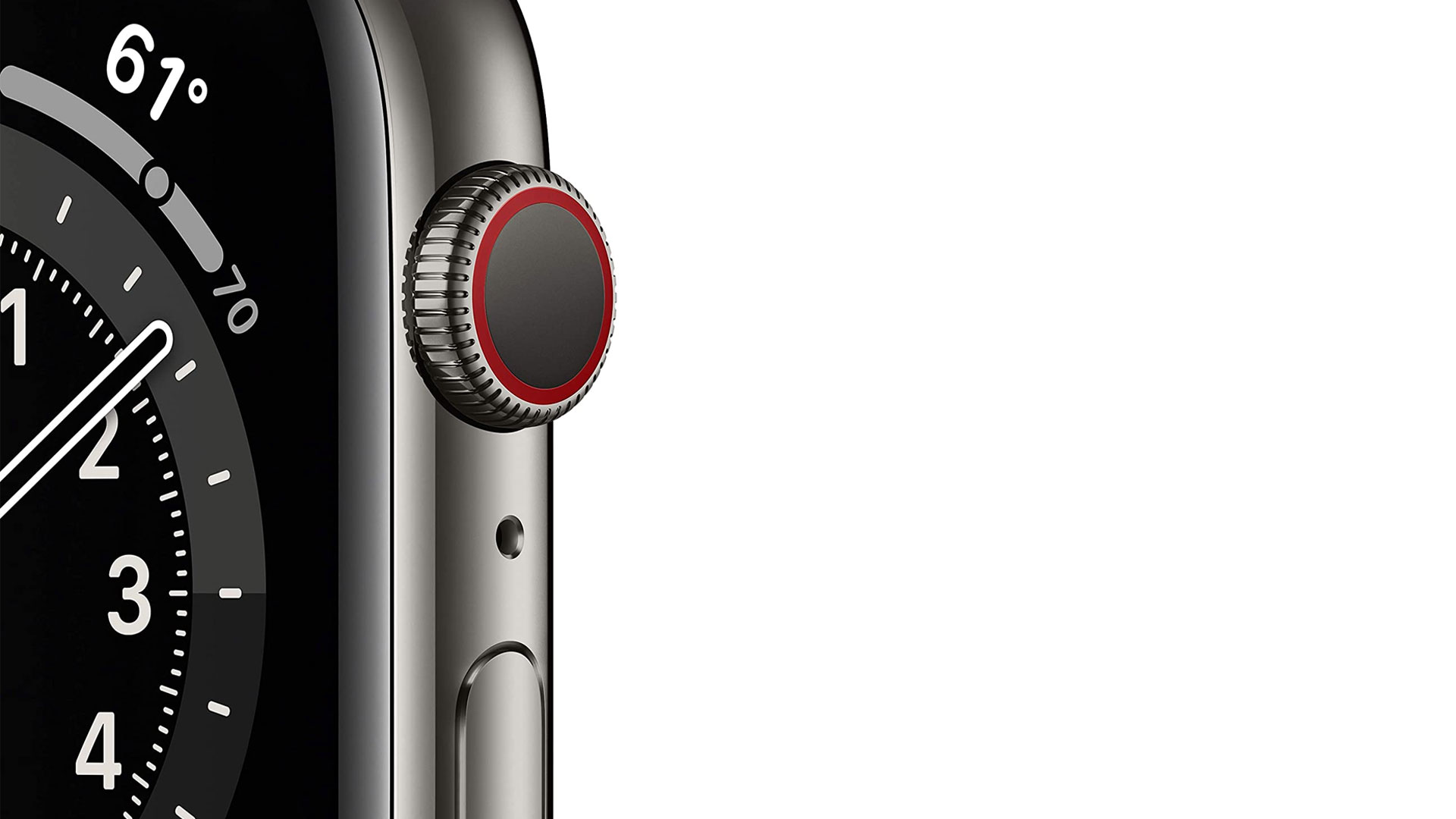
The Apple Watch 6 is a device that allows you to customize it as you see fit - well, as long as you don't mind your choices being limited to 'what face shall I use today?' and 'Would I like my apps in a grid or list view?’.
That said, the choice of faces on offer is vast (and increasing) - with a simple, dedicated swipe you can move right through them with ease, letting you mimic your mood with your watch at any time of the day.
Setting up the Apple Watch isn't the easiest if you're upgrading from an older model and want to perform an update. Making sure the software is up to date, that the backup can be used and some other general setup questions can be time-consuming as Apple transfers reams of data from phone to Watch. Once you're done, though, it's an easy process to undertake, and starting the Watch from new and holding it near your phone will begin the process, which is quite slick and enjoyable.
Once you're in, it's into the heady world of Apple apps - while the operation is generally the same (swiping up and down, prodding the thing you want to use) the abilities they give you are incredible.
Apple Watch 6: Features and performance
The Apple Watch isn't in the same league as the likes of Garmin or Fitbit when it comes to the health elements it tracks (although it does improve with every iteration) but the Apple Watch 6 brings some nice upgrades to the mix to try and bridge that gap.
You can now track sleep (although it's pretty basic, merely giving your a rough idea of how long you were asleep and logging it in the health app, telling you if your average hours of slumber are going up or down) and the Apple Watch 6 comes with the SPO2 (blood oxygen) monitor to help you see how much of that lovely oxygen is flicking around your body.
With any Apple Watch, you're also getting one of the better daily fitness trackers on the market. The ring system, where you need to 'close your rings' of exercise, movement and standing at the end of each day, supersedes the step tracking mechanism most other watches use - although it doesn't bring too much more insight.
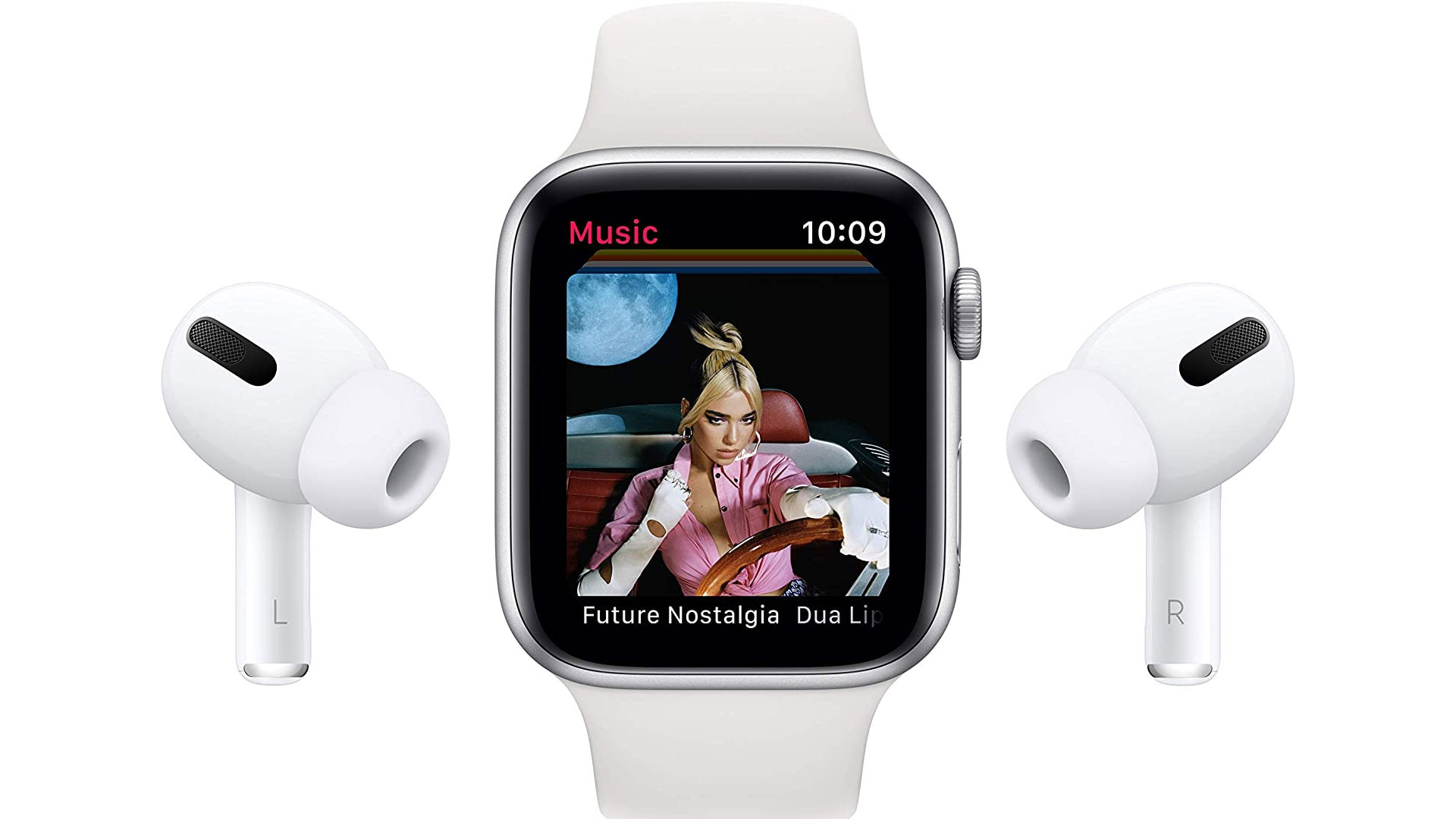
That said, you can track a huge variety of fitness styles from running, to taking a walk with Stephen Fry chatting away in your ears (if you use Apple's Fitness Plus) to Tai Chi and pilates. There's loads on offer here, and Apple's goal is to give you as accurate a calorie burn as possible.
However, while the fitness side of the Apple Watch 6 is good - we used it regularly as our tracker on long runs, monitoring pace and distance while listening to the onboard music that can be saved offline from either Spotify or Apple Music - it's still a little on the basic side. Anyone wanting to create a dedicated HIIT workout session or wanting guidance in weight resistance training won't get much help from Apple here, and there are definitely better running watches out there.

It also lacks a lot of the impressive new features other watches offer - stress monitoring, in-depth heart rate variance, fitness ages - as it focuses far more on the basics. To many, this information is more than enough; you can still get your VO2 Max, for instance, and that’s likely the limit of what most will care about in terms of deeper fitness insights.
The GPS accuracy of the Apple Watch 6 is pretty good, in our eyes: it seems to match a Garmin fairly consistently and does so supporting the Glonass, GPS, Beidou and other satellite tracking systems.
The main reason you should buy the Apple Watch 6 is for the notifications, though - the Watch performs the role of 'mini iPhone' really well, and offers rich and engaging interactions that mean you don't need to keep firing up your phone.
You can make and receive calls (even without your phone, if using the LTE version of the device), see and send messages (no onboard keyboard here though - that's reserved for the Watch 7) and it generally does a stellar job of telling you when football scores come in, when your friend is asking you where you are on a night out and lets you control the music from your phone, among scores of other nifty powers.
The Apple Watch 6 interface is remarkably clear and intuitive and surfaces the right things you want to see at the right time. As we mentioned above, if you do want to take the musical performance of your Watch to the next level, both Spotify and Apple Music will allow you to save tracks and podcasts offline, meaning you'll always have something to listen to on the go thanks to the 32GB onboard storage.
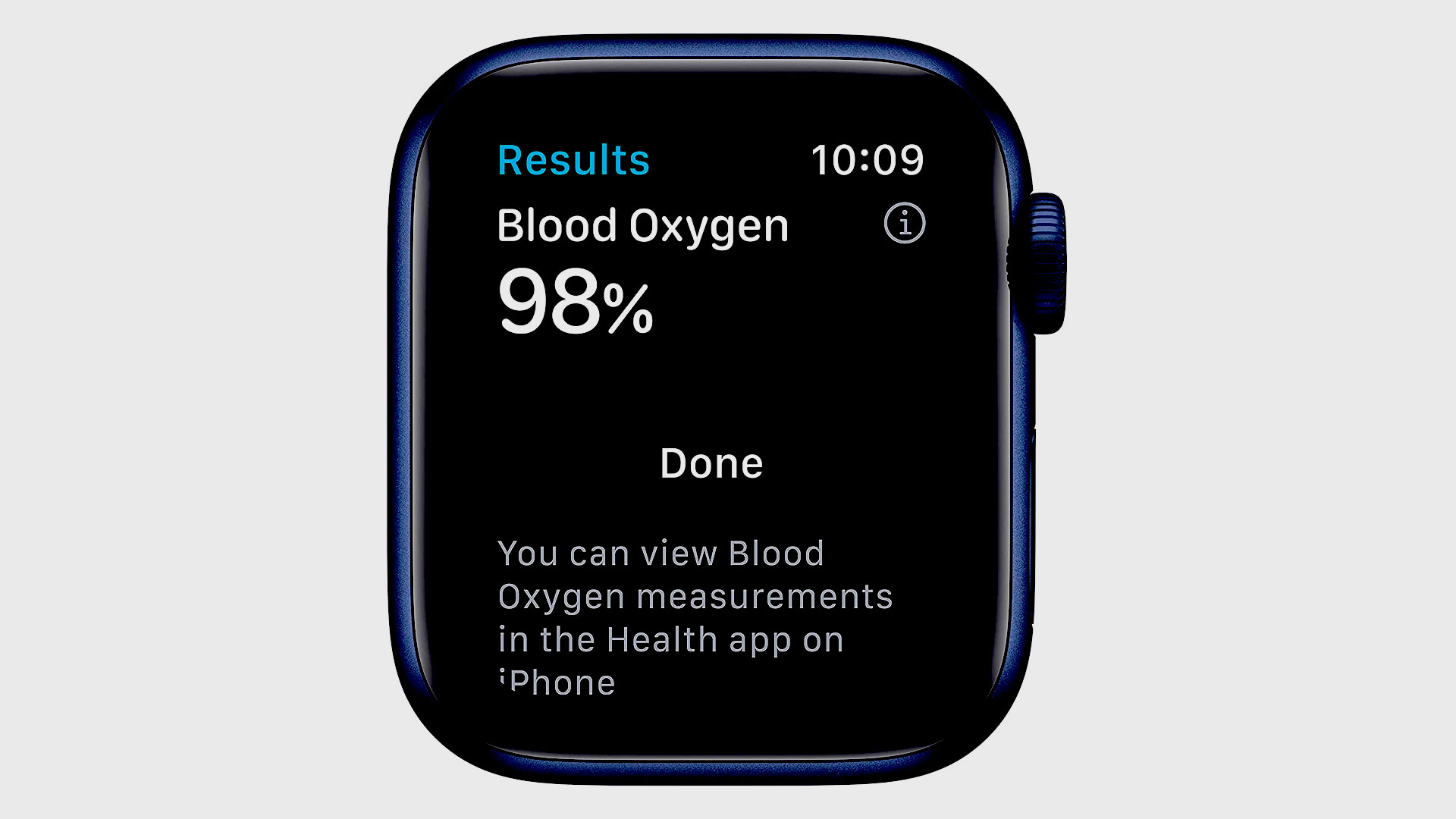
Battery life is the main area where the Watch 6 brings issues - it comes with a battery that Apple says is capable of 18 hours' use, but we've consistently found that a new Apple Watch will be able to beat that. We actually managed at least a day and a half out of the Watch 6 despite using it for all manner of fitness and communication... but that's not long enough.
If you want to do good sleep tracking, you need a watch that will regularly capture the data. But if you charge first thing in the morning, you’ll get one night before it’s out of juice - on that cadence, most would charge overnight, but then you lose sleep tracking. Issues, you see?
The solution is finding another moment in the day to charge it - at work or when showering, for example, but that’s not long enough. You can fast charge in 75 minutes, but that’s still a big enough portion of the day you’re watchless. The day Apple comes back in with a Watch that will be wanted by the person on the street who wants a dedicated, long-lasting fitness companion, we’ll reassess.
Before we get onto whether you should be buying the Apple Watch 6, let's talk about one of the headline features: it has a blood oxygen sensor as the new 'big thing' when it was launched, but in reality, we don't see much use in it. It's not certified as a medical-grade device, it doesn't give you any alerts if it hits a certain low threshold, and it basically just seems like an option for the sake of it.
Honestly, we found the handwashing timer, which landed as a feature at the same time as the SPO2 sensor in 2020, more useful - and that’s available for any Apple Watch.
Should you buy the Apple Watch 6?
The decision to buy the Watch 6 depends on whether you can get it for a lower price in the sales - it’s inferior to the Watch 7, but only really in terms of the screen size, and if you get a decent chunk of the price reduced, then it’s strongly worth considering.
The Apple Watch SE and Watch 3 both offer similar features but lack things like the always-on display, and don’t have the extra heart and oxygen sensors, if these matter to you.
It might be older, but the Apple Watch 6 is still a decent, high-end buy - just be ready to charge it up a lot more regularly than a number of other smartwatches or fitness trackers out there.
Oh, and there is one more reason to buy: the Product RED version of the Apple Watch 6 is still one of our favorite smartwatch colors out there.
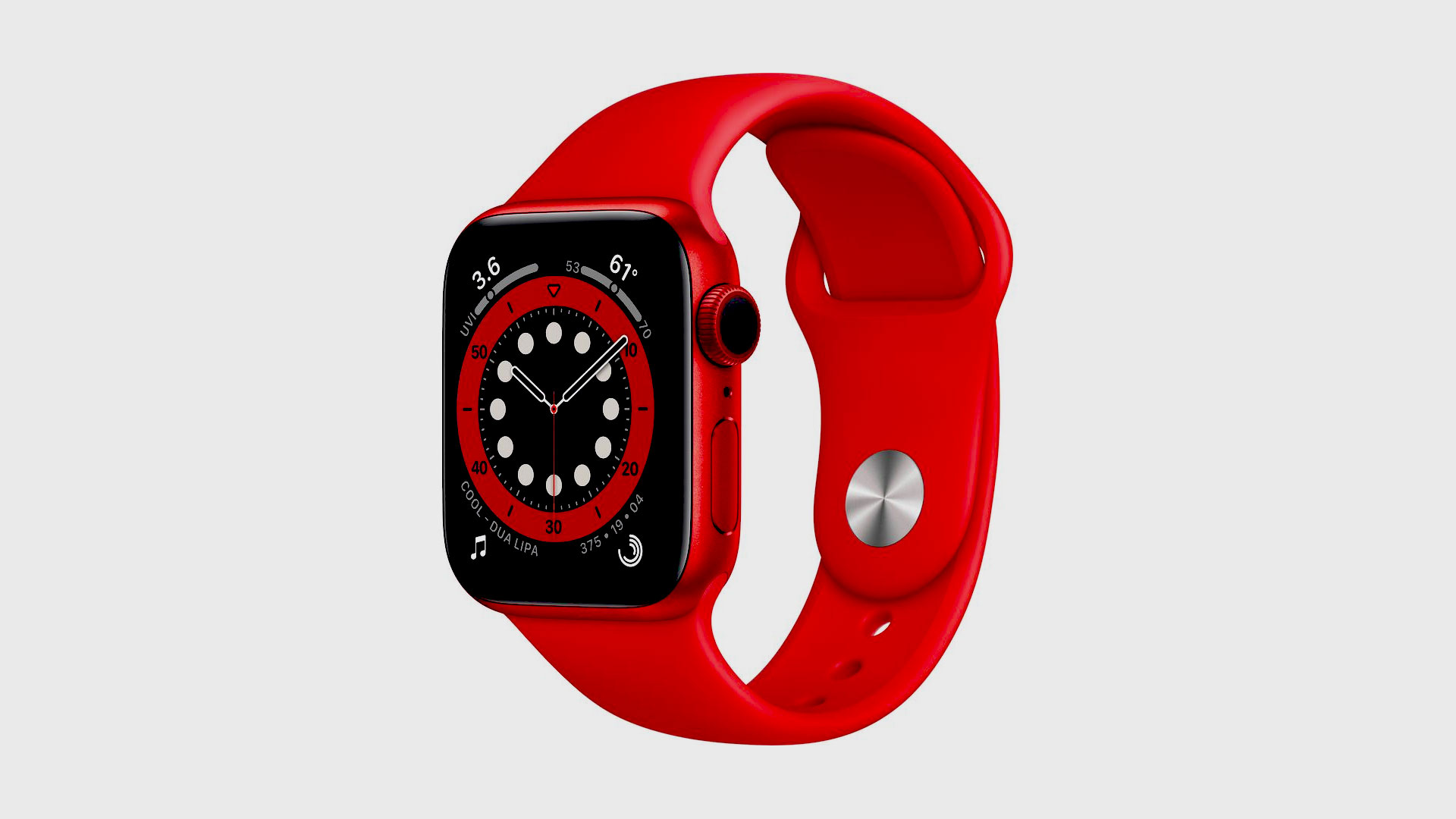
If this product isn’t for you
Everything you like in the Apple Watch 6 is better in the Apple Watch 7 - and it’s got a much larger and more touchable screen than the 2020 model. There are more colors to choose from, with new green and blue options offered, and greater crack protection on the front screen (although we’ve never managed to shatter a Watch, it doesn’t mean the protection isn’t welcome). Yes, it’s more expensive, but you’re going to get a longer update cycle with it too, so you’ll be getting Apple’s newest features for longer.
It’s always worth thinking about a Garmin Watch if you’re not feeling the Apple options - while we could recommend the Garmin Venu or Vivoactive models (which are more of a smartwatch) we think that the Forerunner range is the way to go if you fancy a bit of fitness. The Garmin Forerunner 745 is middle-of-the-road in terms of cost and functionality - the interface and feature set isn’t quite as rich as the Forerunner 945 or members or the Fenix 6X Pro Solar, but as a top triathlon watch with strong fitness, health and sleep tracking, as well as offline Spotify support, you’d do well to consider this as an alternative.
Returning to the Google Wear OS fold, but with its own flavor, the Samsung Galaxy Watch 4 brings double the battery life of the Watch 6, and also adds in nifty things like body composition monitoring too. While not as jam-packed with apps, the virtual rotating bezel is a worthy competitor to the digital crown from Apple, and it goes toe-to-toe in terms of fitness features - and does so a little bit cheaper, too.

Gareth has been part of the consumer technology world in a career spanning three decades. He started life as a staff writer on the fledgling TechRadar, and has grown with the site (primarily as phones, tablets and wearables editor) until becoming Global Editor in Chief in 2018. Gareth has written over 4,000 articles for TechRadar, has contributed expert insight to a number of other publications, chaired panels on zeitgeist technologies, presented at the Gadget Show Live as well as representing the brand on TV and radio for multiple channels including Sky, BBC, ITV and Al-Jazeera.

